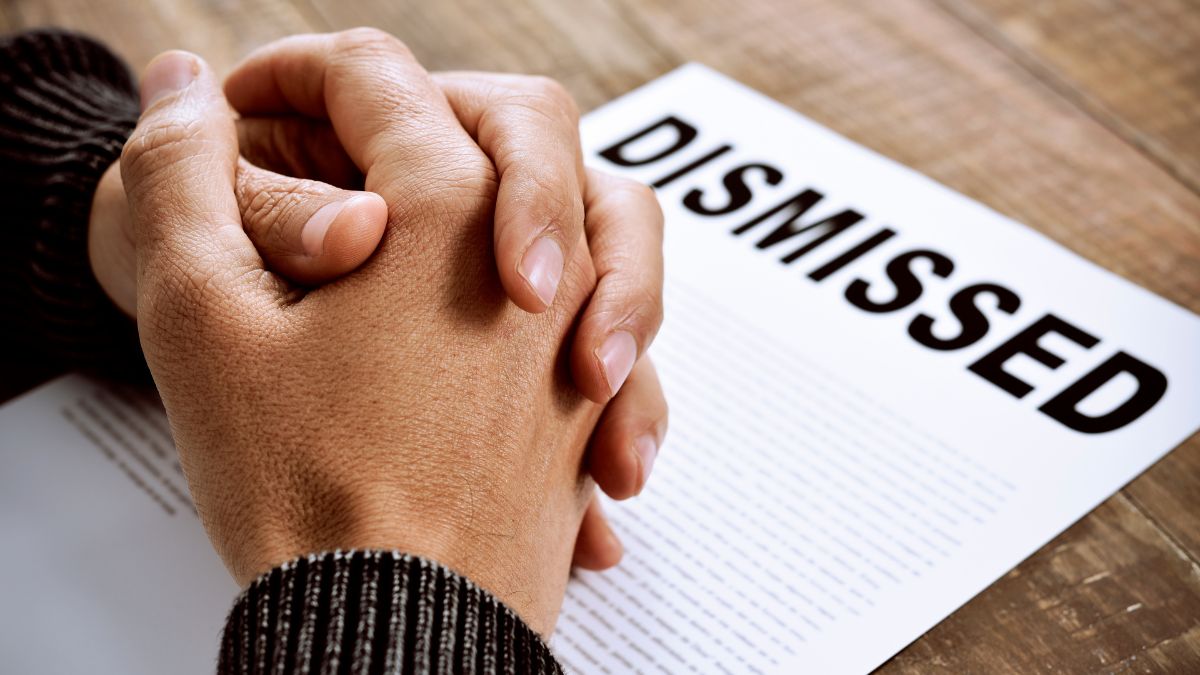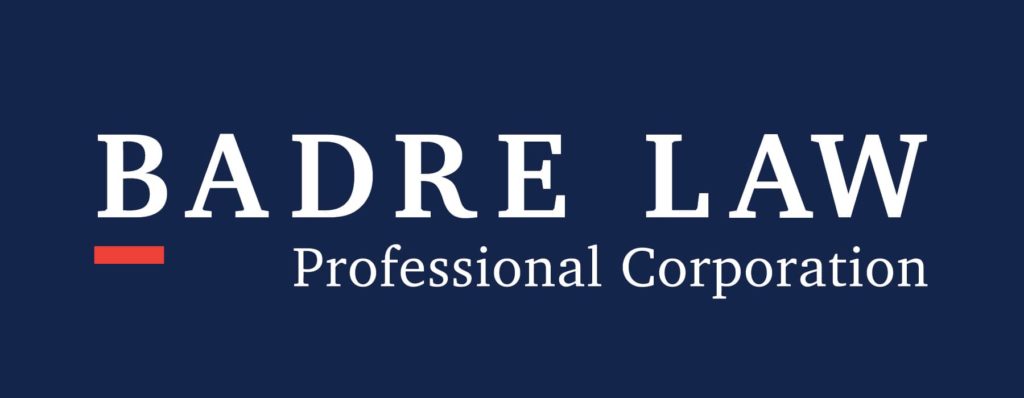Remember that if you are wrongfully dismissed, you can always go to court to seek redress. Winning a wrongful dismissal lawsuit takes careful preparation and planning. You’ll need to gather evidence, build a case, and make your argument convincingly to the court.
What is Wrongful Dismissal?
Wrongful dismissal is a type of legal claim that can be brought against an employer for terminating an employee without cause or sufficient notice. Wrongful dismissal claims can arise in cases where the employee was terminated without any warning even if it was for legitimate reasons. If the termination happened in a manner that breached the terms of the employment contract, such as by not providing the required notice period or severance pay, it is also considered wrongful dismissal.
Examples of Wrongful Dismissal
Common examples of wrongful dismissal include:
- Termination without cause, such as when an employee is fired for reasons unrelated to their work performance;
- Constructive dismissal, which occurs when an employer creates a situation that forces the employee to resign;
- Unfair or unjust dismissal, which may arise if an employer’s decision discriminates against an employee based on their race, religion, gender, age, or other protected characteristic;
- A breach of the implied terms of an employment contract, such as not providing adequate, reasonable notice when terminating an employee’s employment.
It is important to remember that an employer or former employer can be held responsible for wrongful dismissal even if they had a legitimate reason for terminating the employee. If you believe you have been wrongfully dismissed from your job, then you may be able to file a claim for damages, such as lost wages, legal costs, and emotional distress.

Employees’ and workers’ rights are protected through legislation and collective agreements and those whose rights are violated must be properly compensated.
Remember to act quickly to preserve any potential legal claims. Wrongful dismissal claims must be filed within a specific time or reasonable notice period to be valid.
To win your case, you’ll need to prove that the dismissal was unjustified and that it caused you damages. You may also be able to claim compensation for lost wages and benefits due to the dismissal.
Tips on How to Win a Wrong Dismissal Lawsuit
Winning such a case is not easy. However, there are steps you can take to give yourself the best chance of success.
Know Your Rights
Make sure you understand your rights as an employee in the country or state you work, knowing the “Canada labour code”, for instance, or the collective agreement that binds the employees and the employer, or the employment standards act. This will help you determine if your employer violated any laws when they dismissed you.
Understand the Legal Framework
Before you can win a wrongful dismissal lawsuit, you must understand the legal framework associated with such cases. This includes familiarizing yourself with the relevant employment laws in your jurisdiction or specific employment law that applies to your case and understanding how they may have been violated by your employer.
Gather Evidence

Any documents indicating these words, done in violation of laws and employment standards, can be used as evidence.
To win a wrongful dismissal lawsuit, you must have evidence to support your claim that your employer acted illegally or unfairly in dismissing you. This could include the following:
- Written documentation such as emails or memos between the parties
- A termination notice
- The lack of proper notice
- Witnesses who can provide testimony about the incident
- And any other relevant information.
It is important to gather as much evidence as possible to strengthen your case.
Establish a Solid Argument
To win a wrongful dismissal lawsuit, you must be able to craft a compelling argument that supports your complaint alleging unjust dismissal. This means the failure to provide a just cause, failure to provide reasonable notice, outline the details of the incident and other circumstances, and demonstrate how the employer acted illegally or unfairly. You should also explain why you believe the employer’s actions were wrong and why you deserve to be compensated for any losses incurred as a result of your dismissal.
Determine Your Goal
Before initiating a wrongful dismissal lawsuit, it is important to determine what your ultimate goal is. This could include receiving a severance package, back pay, obtaining legal fees, or payment for wrongful dismissal damages. Knowing what you hope to achieve can help you formulate a plan of action and determine the best course of action for your particular case.
Consider Your Options
Once you understand the legal framework, have gathered evidence, show the circumstances, and established a solid argument, it is important to consider all possible options before initiating litigation.

An amicable settlement should not be discounted, especially if this is enough to give justice to the wrongful dismissal.
This may include negotiating with the same employer to come to an amicable solution or participating in a mediation process. If these options are unsuccessful, you can then move forward with a wrongful dismissal lawsuit.
File the Lawsuit
After taking all necessary steps and determining that litigation is the best course of action, you should file the lawsuit. This involves preparing the necessary paperwork and filing it in court. It is important to ensure that all documents are filled out correctly, as mistakes could lead to delays or a dismissal of your case.
Prepare for Court
Once you have filed the lawsuit, you should prepare for court by gathering additional evidence, organizing your argument, and understanding the legal process. It is important to be organized and confident in your presentation, as this can make a significant difference when presenting your case before a judge or jury.
Hire an Experienced Attorney
One of the best ways to increase your chances of winning a wrongful dismissal lawsuit is to hire an experienced attorney. An employment lawyer can help you understand the applicable laws, prepare your court case, and provide additional strategies that may be beneficial to your particular situation and expedite the adjudication process. With their guidance, you may be able to obtain a successful outcome or settlement in your favor.
The Difference Between Wrongful Dismissal and Constructive Dismissal?

There are lawful dismissals and illegal ones. And there is a difference between constructive and wrongful dismissal.
The common misconception is that wrongful dismissal and constructive dismissal are the same., Wrongful dismissal and constructive dismissal lawsuits are two distinct legal processes, but they both relate to the termination of a working arrangement.
- A wrongful dismissal occurs when an employer terminates an employee without cause, in violation of their employment standards or contract or the applicable legislation.
- Constructive dismissal, on the other hand, is when an employer creates conditions that force the employee to leave their job; this could involve changes in pay, duties, hours, or work location.
- Wrongful dismissal occurs when an employment relationship is severed, whereas constructive dismissal can occur even with a continuous employment arrangement.
- To win a wrongful dismissal lawsuit, the dismissed employee must prove that the termination was without cause and that it violated either their employment contract or the applicable legislation.
- To win a constructive dismissal lawsuit, the employee must demonstrate that they were forced to leave their job due to the employer’s actions or inaction.
In both cases, the employee must be able to prove that they suffered financial or reputational harm as a result of being wrongfully dismissed.
Employers and employees alike need to understand the difference between wrongful dismissal and constructive dismissal. If an employee suspects that their termination amounts to a wrongful dismissal or constructive dismissal, they should consult with an employment lawyer as soon as possible.

There are labour lawyers who are experts on the law concerning labour disputes and can help you against wrongful dismissal.
Key Takeaways & Next Steps for Your Wrongful Dismissal Case
Wrongful dismissal lawsuits can be complex, and many employees go to court to enforce the legal right to proper compensation and other benefits. Whether what you have is a new job or long service, everyone should be protected from a hostile work environment.
If an employer decides to terminate an employee, he must do it with a just cause, within the bounds of the law, and with due process. An employer giving notice of termination to any employee without those conditions must really be held liable.

